Bad Reputation
When it comes to the ancient Philistines, one might say they’ve gotten quite a bad rap throughout the course of history. For example, the word “philistine” is actually defined as someone who is smug and lacking in culture. Ouch! That’s got to sting.
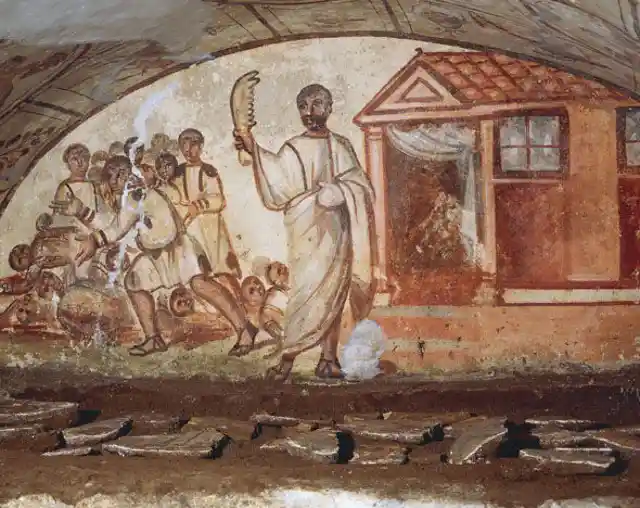
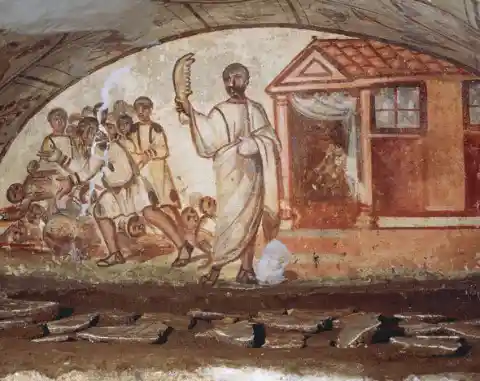
However, if you take a look through the history of the Philistines, you’ll find that their reputation has been somewhat skewed by forces beyond their control.
The Old Testament
One could say that the Old Testament (written by Jews and sworn enemies to the Philistines) paints the Philistines in quite a bad light.


For example, the story of David and Goliath describes the sweet and innocent David taking down the large and nasty giant, Goliath with a simple sling shot.
Who are the bad guys? Well, the Old Testament surely doesn’t leave it up to interpretation.
The Wicked Delilah
Another Old Testament story is Samson and Delilah. Remember that one? The wicked and seductive Philistine, Delilah convinces the strong Samson to reveal his source of strength, which was is hair.


So, what does she do? She promptly cuts it off and then the Philistines capture and blind the poor Samson before enslaving him.
This story isn’t biased at all!
The Facts
Regardless of the Bible painting the Philistines in a not so pleasant light, what else do we really know about the Philistines? Well, according to historians, they lived in cities along the Mediterranean Sea, with many of them in what would be considered modern day Israel or Palestine.
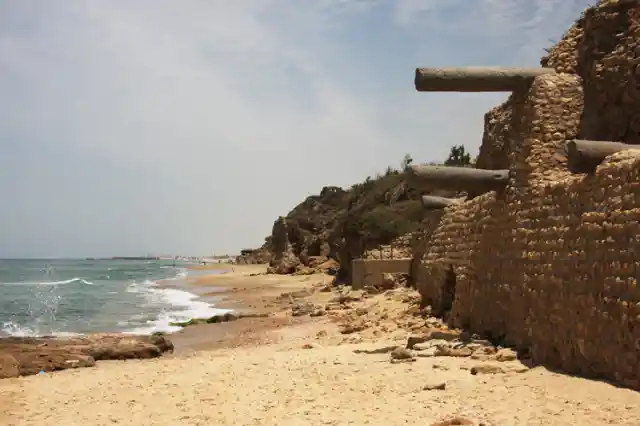

One settlement, known as Ashkelon, actually still exists today along the Israeli coast.
Digging for Truth
Artifacts that belonged to the Philistines have been found in many archaeological digs. Dating back to the 12thcentury B.C, it’s been discovered the Philistines were influenced by ancient Greece.
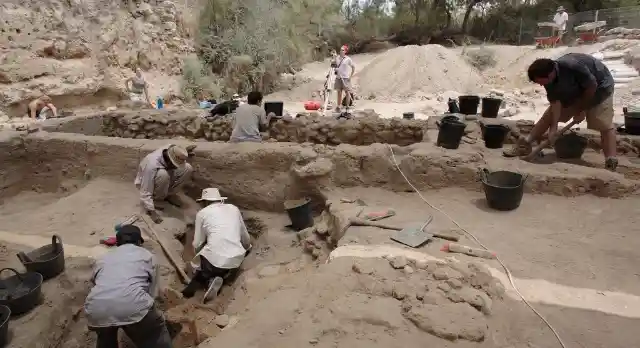
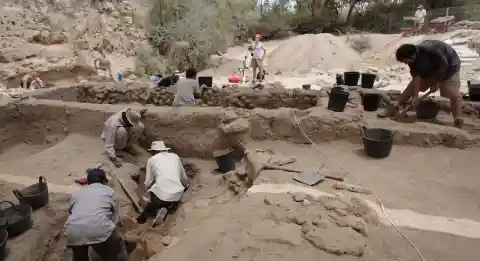
We’ve also learned they enjoyed eating pork and had a very different culture than others living in the Middle East.
Origins of People
While the Bible states that the Philistines originated in the Land of Caphtor, which is believed to be Crete by historians, many academics believe they were raiders who roamed throughout the Mediterranean.


So, how did historians come to this conclusion when the Bible seems so cut and dry with the Philistines’ past?
The Truth Lies in Egypt
It has been determined that in 1180 B.C. Pharaoh Ramses III went to war with the Sea Peoples and maintained a detailed record of the tribes they fought.
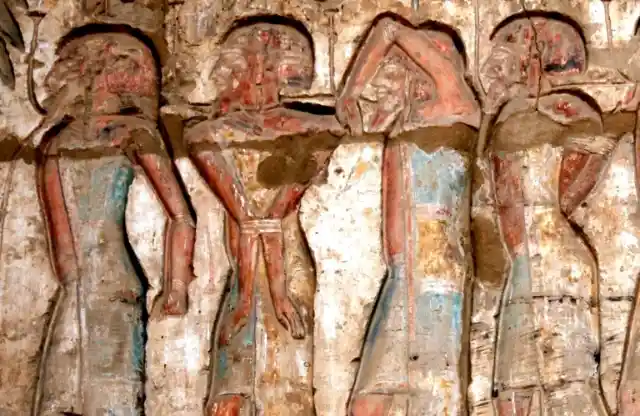
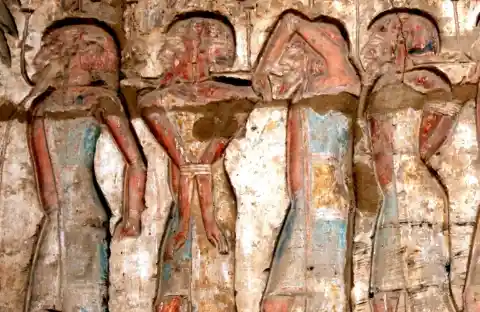
One tribe documented was known as the Peleset, which were depicted by the Egyptians as wearing kilts and odd headwear. Historians believe that these Peleset could be the late ancestors of the Philistines.
Settling Down
More evidence suggests that the Peleset tribe settled down in the area around Ashkelon and took control of the cities in the region.
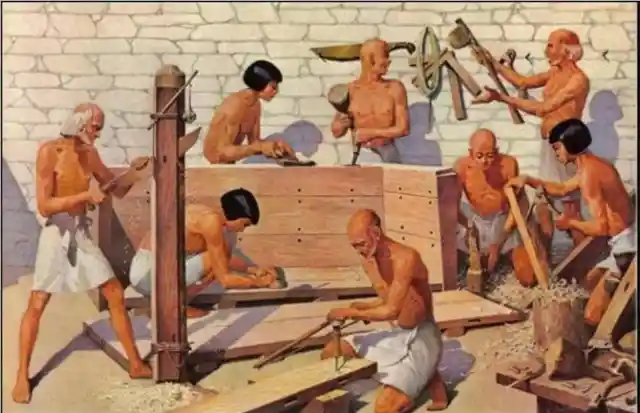
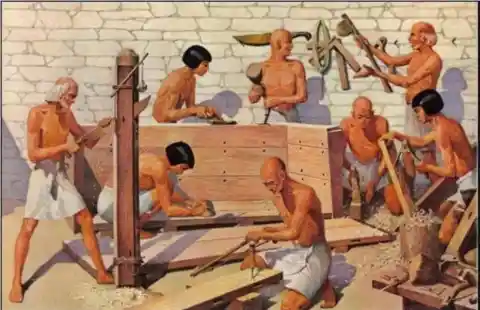
Since this area is known to be the homeland of the Philistines it is believed the Peleset and Philistines are the same people. A logical theory according to some historians.
Additional Theories
One historian does not follow the Peleset theory.
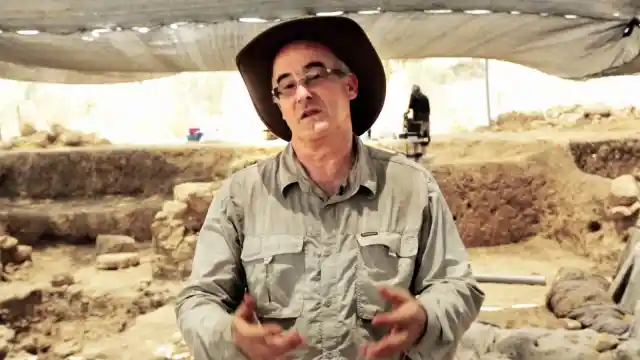
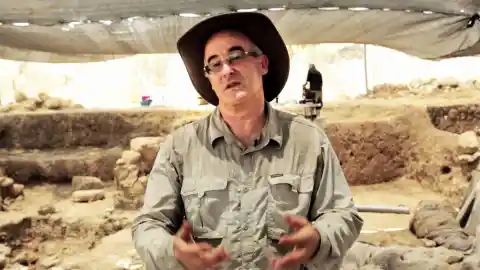
Archaeologist, Aren Maeir from Israel’s Bar-llan University has spent 20 years studying the Philistines and believes they were a mixture of people who integrated with the tribes in Canaan.
The Find of a Century
Despite what has been documented so far, an amazing archaeological find in 2013 could be the key to understanding the origins of the Philistines.
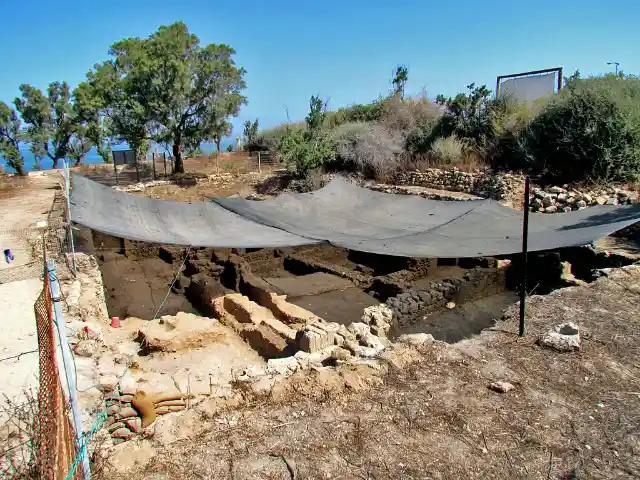

Since 1985, the Leon Levy Expedition has been hard at work at Ashkelon and for the first time in 30 years the team has finally found something of interest.
No Burial Grounds
Up until now, archaeologists had never found a single burial site for the Philistines, a crucial piece of the puzzle when it comes to determining their origins. Speaking to National Geographic, archaeologist Assaf Yasur-Landau had this to say about the lack of burial evidence.
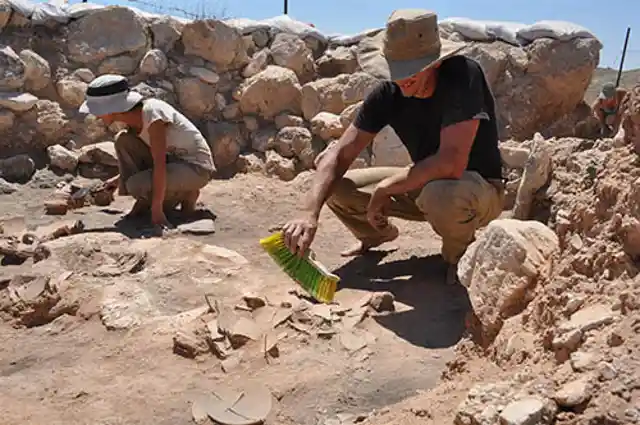
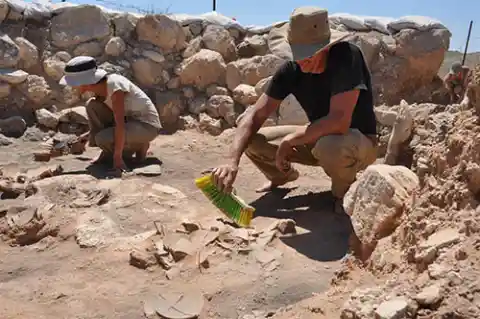
“The search for a cemetery became so desperate that archaeologists who study the Philistines began to joke that they were buried at sea like the Vikings – that’s why you couldn’t find them.”
In Agreement
Eric Cline of George Washington University expressed the same sentiment.


“I was once asked, if someone gave me a million dollars, what I would do. I said I’d go out and look for a Sea Peoples’ site that explains where they came from, or where they ended up. It sounds to me like the Ashkelon team may have just hit the jackpot.”
Years in the Making
So, what was this discovery? Well, after years of digging, the archaeological team finally unearthed a Philistine cemetery.
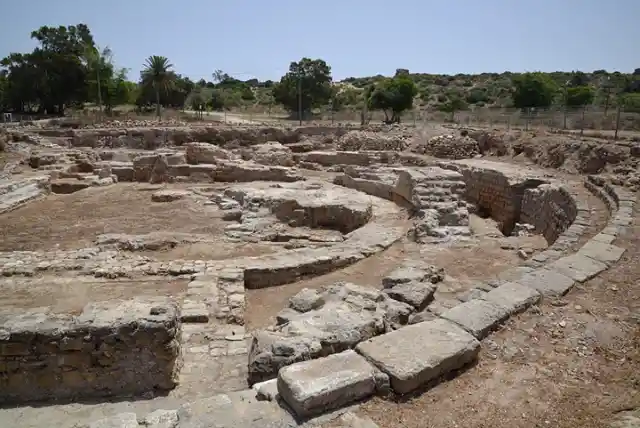
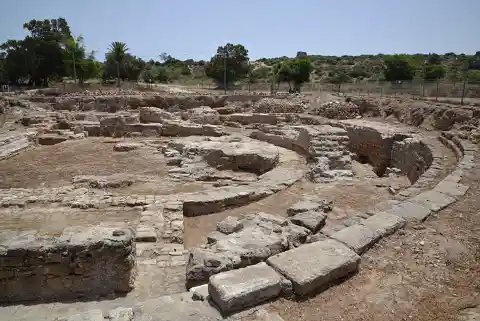
Even crazier, the discovery was made on the last day of the 2013 digging schedule. Talk about a last-minute miracle!
Location, Location, Location
The location of the cemetery was discovered just north of the Ashkelon city.

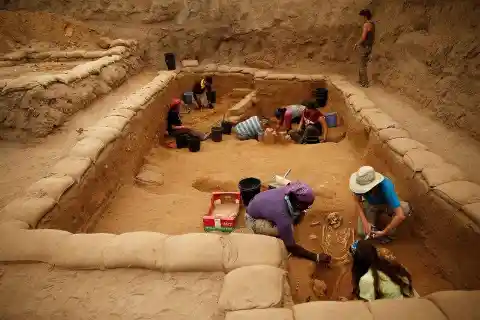
The archaeologists had been tipped off by someone who had seen some graves in the area when doing a building survey several years prior. Talk about a stroke of luck.
The Tooth
At first, the team thought they were on another false trailer. After a full day of digging they had only created a 10-foot hole with nothing in at.
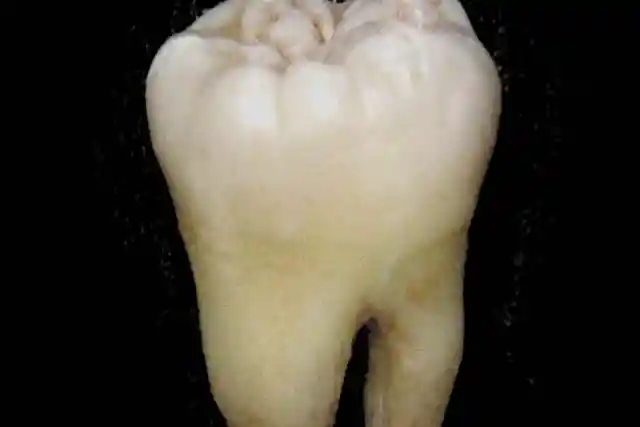
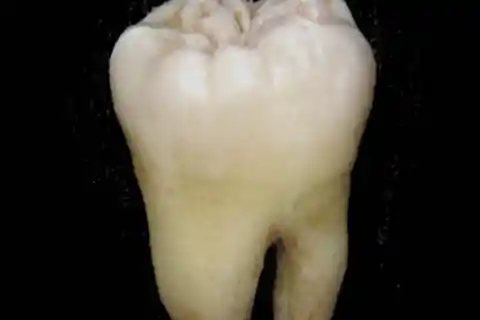
However, Adam Aja who worked for Harvard’s Semitic Museum asked to be lowered into the hole. While down there, he discovered a single human tooth—a moment that would change history for the Philistines forever.
A Life Changing Experience
In an interview with National Geographic, Aja stated “When I saw the tooth, I knew that was the moment when it was all going to change for us here.”
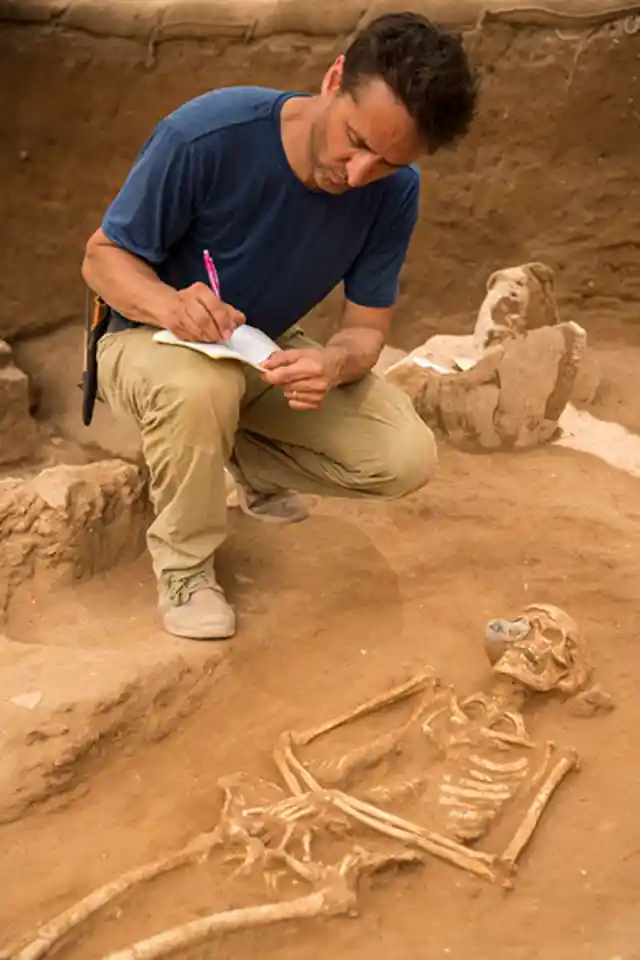
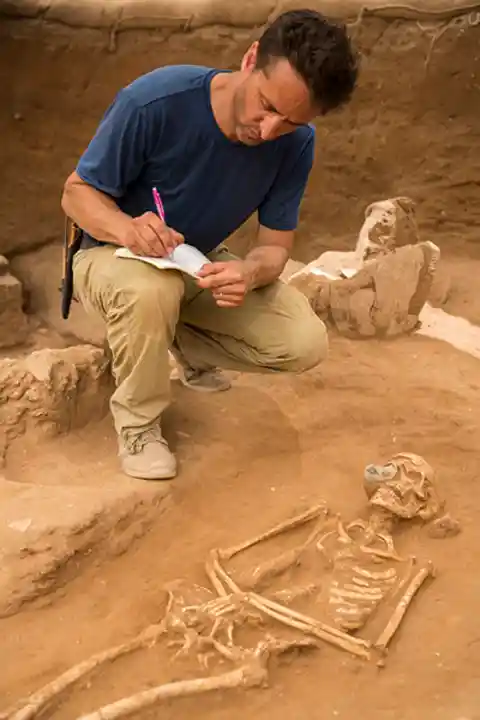
The team continued to excavate at the site until 2016 where they found a total of 211 Philistine remains.
Burial Traditions
From the remains, the team discovered that the Philistines did not practice the same burial rituals as the Jews or Canaanites.


You won’t believe what these people did to their dead.
A Different Way of Mourning
Rather than perform a second burial, where after a year of being placed in a tomb the remains were taken to a second location, the Philistines instead used single graves or mass graves.

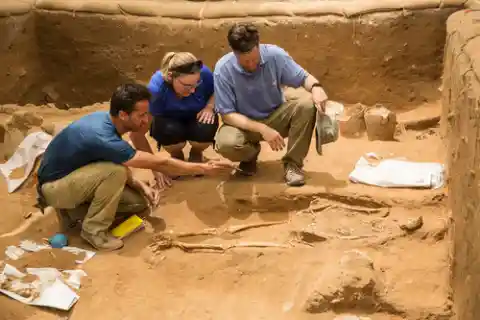
Another interesting fact was that some bodies went through the cremation process.
Limited Possessions
The archaeologists also found that the Philistines were much more modest when it came to the items buried with the dead.
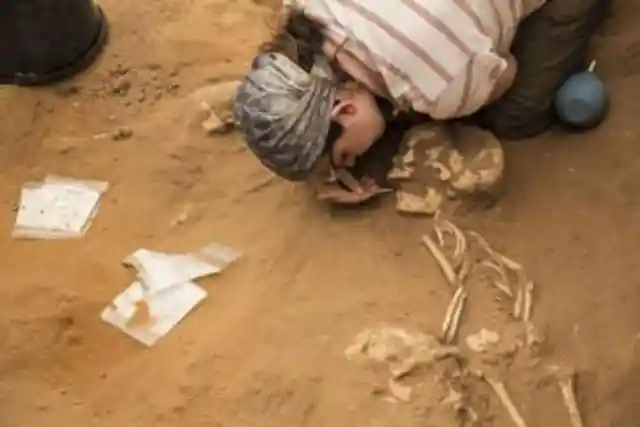

While the Egyptians were buried with lavish amounts of treasure, the Philistines were more modest with small ceramic bowls and a few pieces of jewelry.
Unlocking the Truth
Despite all of the new discoveries, the truth of the Philistines origins continues to be quite a ways off.
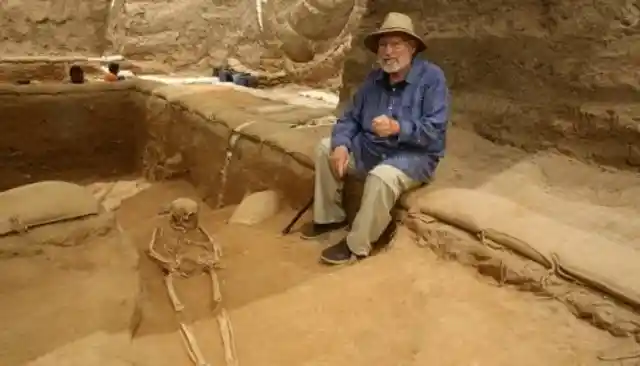
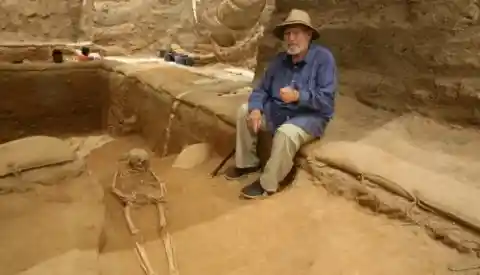
“From our standpoint, the excavation is just the first chapter of the story,” says Daniel Master, a Wheaton College archaeologist. “I’ve been at Ashkelon for 25 years, and I guess it’s just the beginning.”